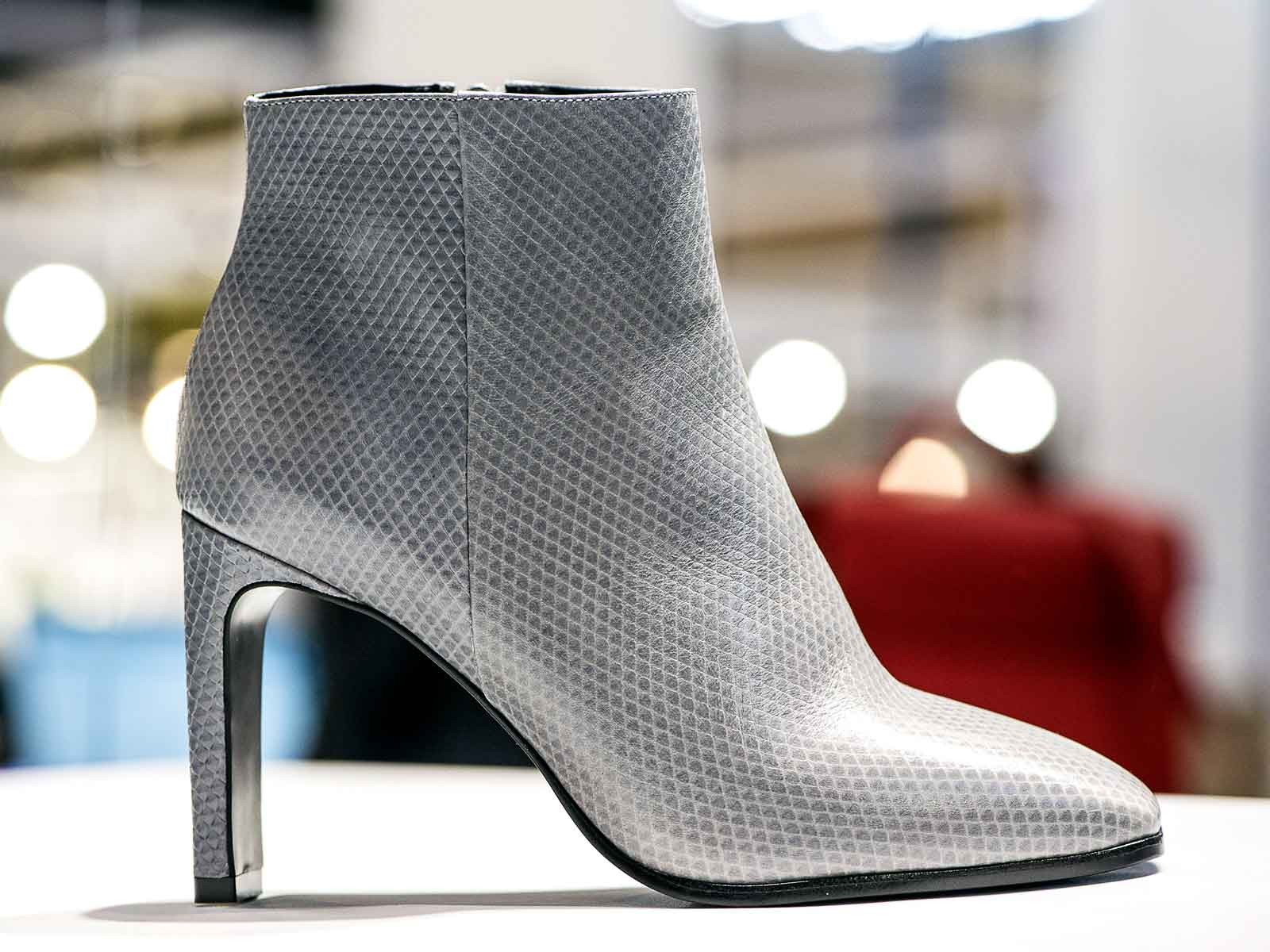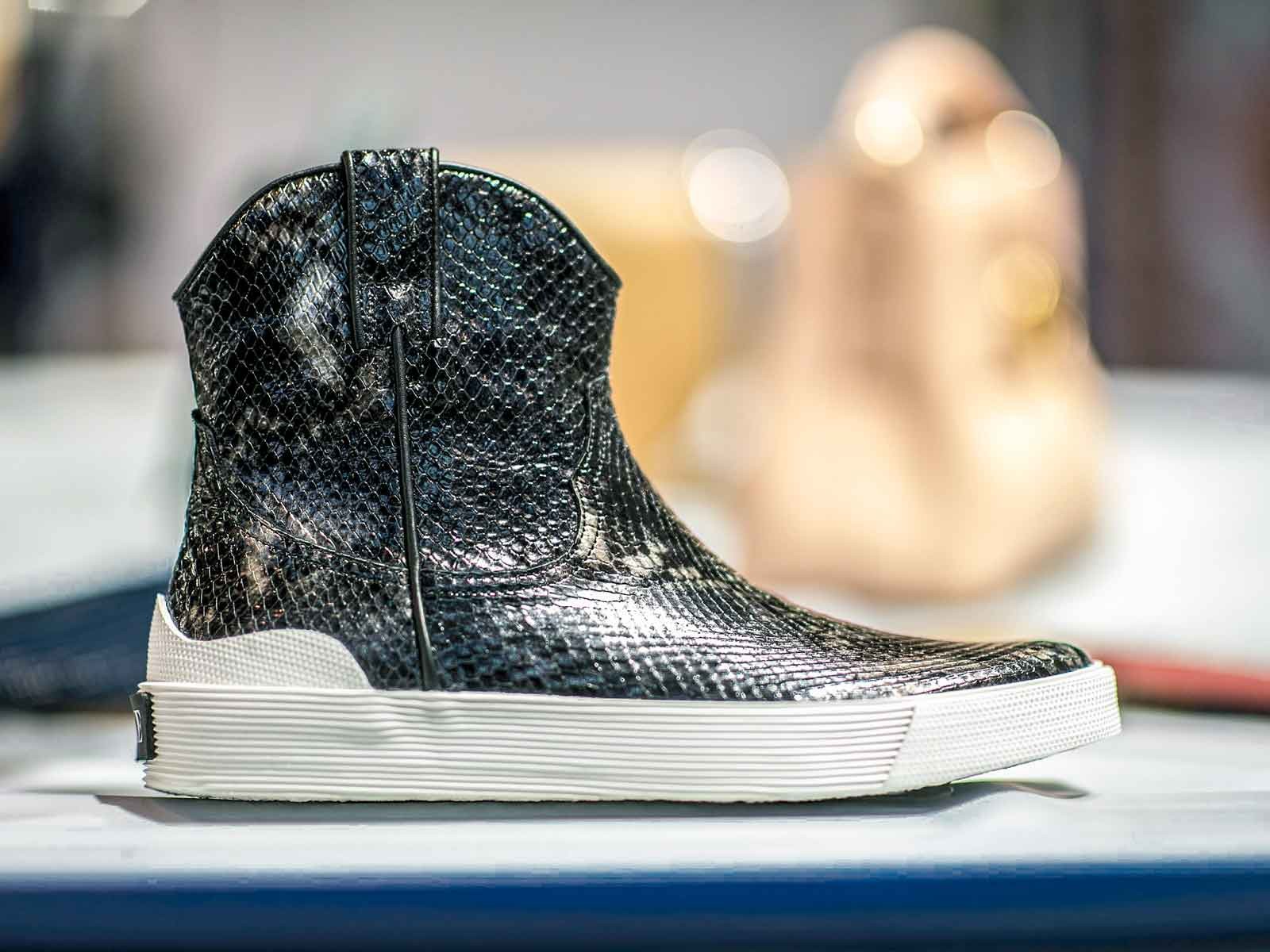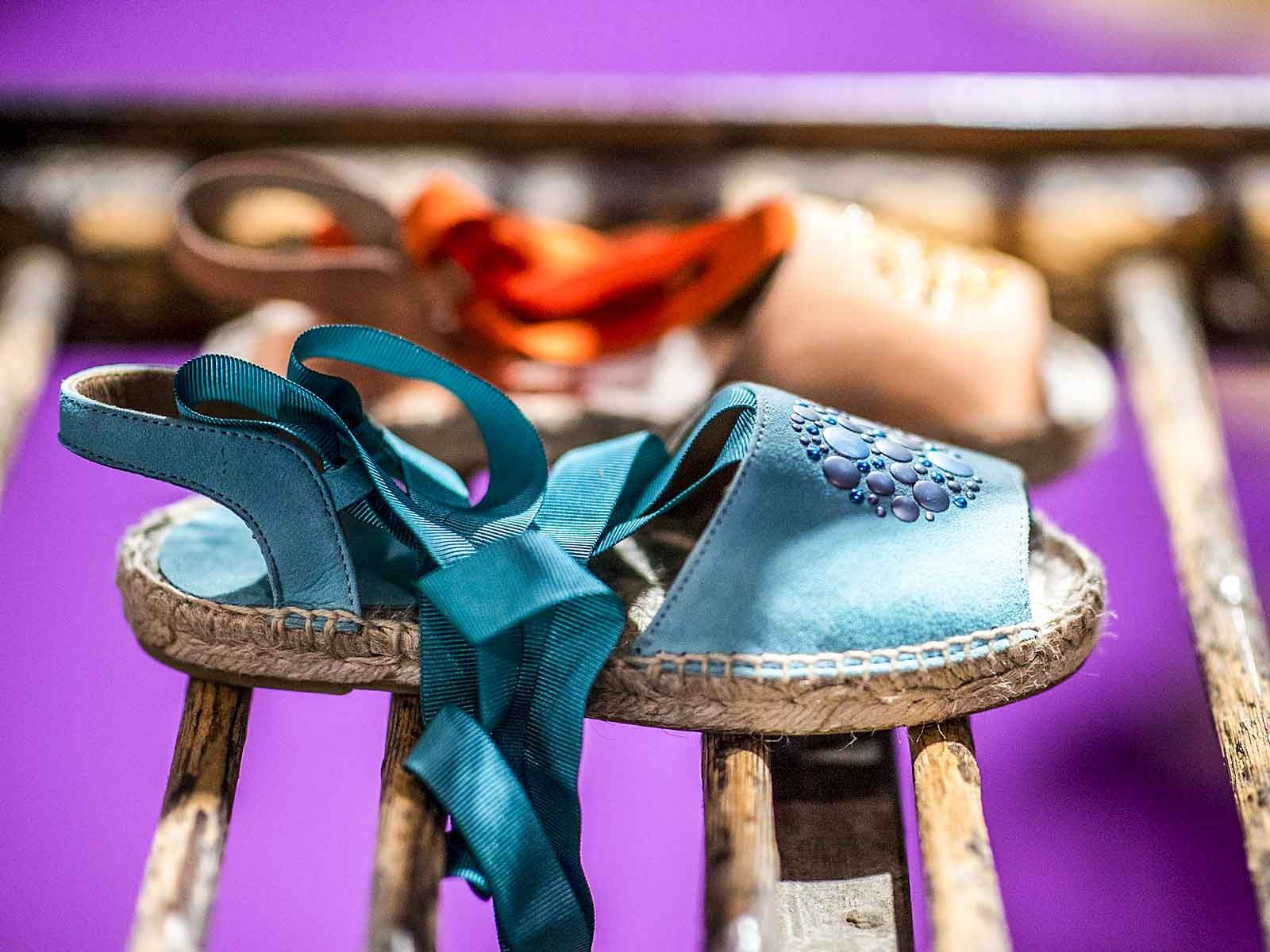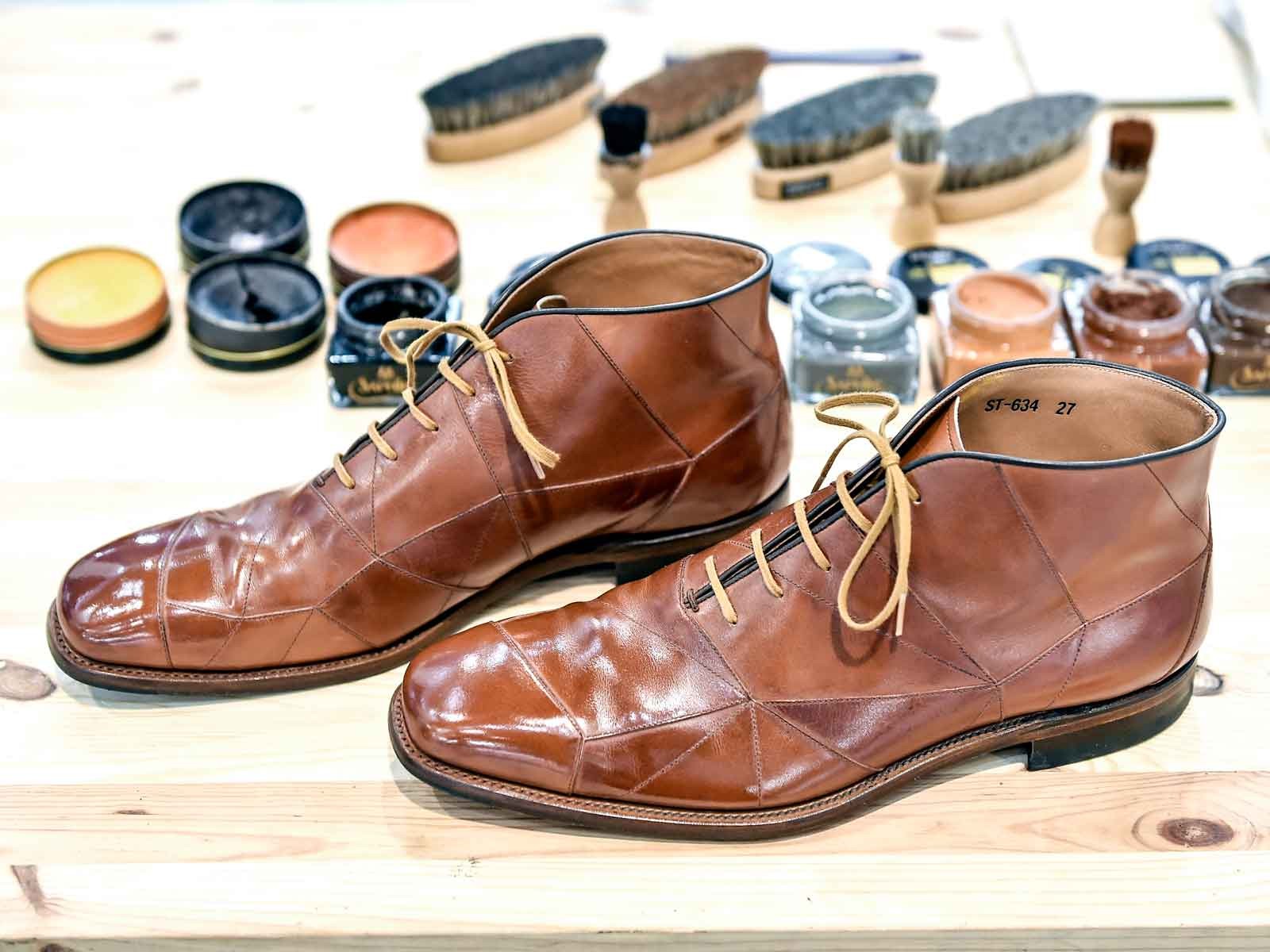

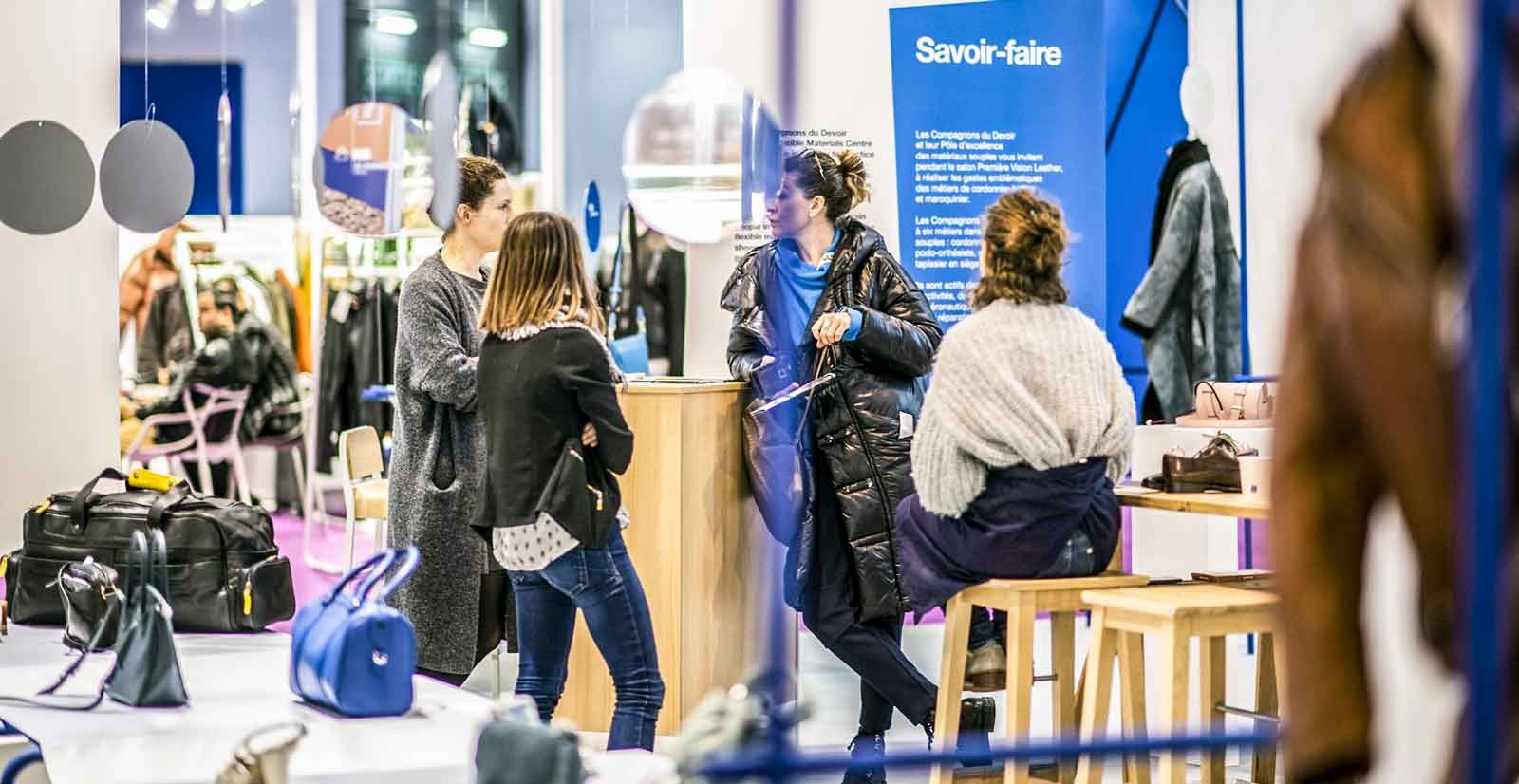
From February 11th to 13th, 2020, was held a new edition of PREMIÈRE VISION PARIS -French fair of the suppliers for the fashion sector-, within the framework of COVID-19 spread and the consequent world health crisis.
In this occasion, the premises that delineated the exhibition were technology and care for the environment, through responsible creation in each innovative proposals. Thus, collections corresponding for the Spring/Summer 2021 season were presented through six main segments that make up the fair structure: Fabrics and Synthetics, Yarns, Leather and Skins, Accessories, Designs and Fashion Manufactures.


The event was attended by 1,710 exhibitors from 48 countries, which, compared to the same version of 2019, meant a 4% participation drop. In this sense, 45 Chinese exhibiting firms were not present at the fair despite having the corresponding registration, and even so they could not generate a presence through European representatives.
For its part, the attendance of 44,414 people from 124 countries determined a decrease in the visitors volume, whose retraction was 16% compared to February 2019.
The second 2020 PREMIÈRE VISION PARIS edition will take place between Tuesday 15th, Wednesday 16th and Thursday 17th of September, at the Paris Nord Villepinte exhibition center.
For 2021, the organization announced news about fair dates. In this sense, the edition corresponding to presentation of the trends for Spring/Summer 2022-2023 will take place on February 2nd, 3rd and 4th; while the proposals for Autumn/Winter 2022-2023 will be exhibited from July 6th, to 8th.
Thus, the new dates will vary in relation to those established so far, that is, in middle of February and September respectively. In addition, there will be no modifications on the days of the event, which will remain between Tuesday and Thursday in both event versions.
The decision was made after the French Fashion Institute carried out a survey of 1,765 professionals, who supported the new measure, as well as the fair exhibitors who were also surveyed.
The arguments to support dates changes are based to reach requirements of inspiration and materials selection demanded by visitors; and multiplicity about times for create collections and their subsequent delivery, as reported by the organization.
